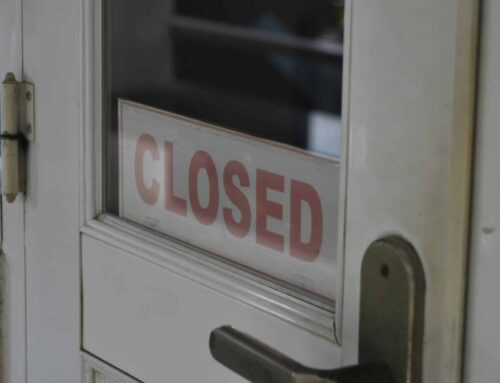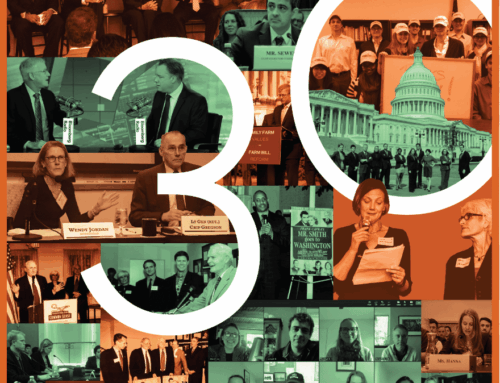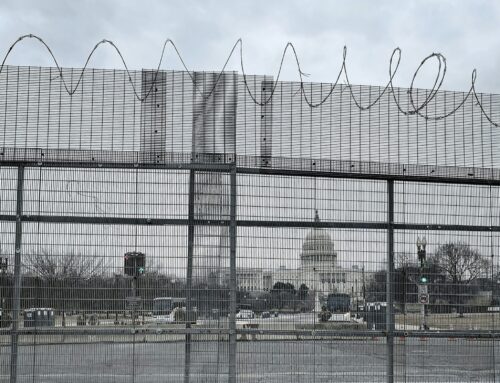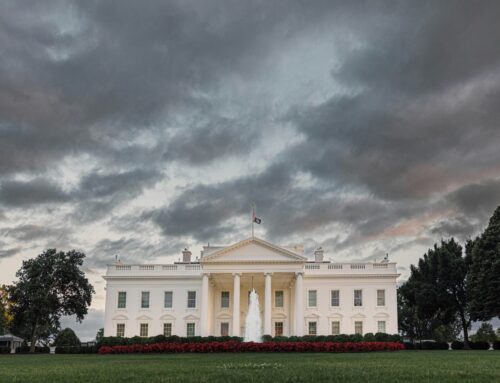When President Trump signed the fiscal year 2018 omnibus spending bill into law, he swore he would never sign a huge, 3,743-page, catchall package like that again. It appears that Congress took him at his word and is attempting to actually get the dozen spending bills required to fund government each year passed earlier and in smaller installments.
Two weeks ago, the House approved a minibus of three spending bills: Energy and Water; Legislative Branch; and Military Construction and Veterans Affairs. The Senate is working on their version of the same package of bills and is expected to vote on them next week. The White House has even indicated that it is likely to support the package.
That’s not all that is going on. In addition to the three bill package, the House Appropriations Committee has passed seven of the remaining nine spending bills and the Senate Appropriators have gotten through seven as well. Neither chamber has touched the bill that funds the Departments of Labor and Health and Human Services – which is always tricky – but the appropriations committees being this far down the line nearing the end of June, is progress from recent years.
Of course, they’ll have to hammer out the differences. But they all (House, Senate, and White House) agreed to the top line level of spending for next year as part of the Bipartisan Budget Act of 2018. As part of that February legislation, the total spending for defense and non-defense discretionary was also set. So it’s really about how the pie gets divided and whether lawmakers insist on including policy riders that can trip up the legislation.
It’s a very low bar, but considering everything else that is going on, attempting to move the spending bills through regular order seems refreshing. It is the only constitutionally mandated duty that Congress has every year – appropriate the funds to keep government running. And it is something they haven’t done before the October 1 annual start to the fiscal year since 1996. And the last time Congress successfully did them each individually and on time (regular order)? 1994.
There’s a long way to go still. And lots can get in the way. But we’re going to choose to be encouraged by the process. On the product – well, we still see waste in the spending bills that we’re going after. But at least we’re seeing them ahead of time and have a chance to not have a lame duck surprise omnibus that is passed before it is humanly possible to read the bill. So there’s that.
Before you start to worry that we’re becoming a lot like “Candide” and looking at Congress through rose-colored glasses, rest assured that we realize that this year’s deficit is estimated to be $800 billion and top a $1 trillion by 2020, that the BBA was not offset and that the budget caps set by Budget Control Act of 2011 return in 2020 and Congress will try to figure a way around them, and that the Social Security Trust Fund is underwater, to name a few. With one party in control of all parts of government, it shouldn’t be hard to tackle the nation’s fiscal challenges. But it seems to be. Possibly, regular order is a step toward tackling bigger challenges.










